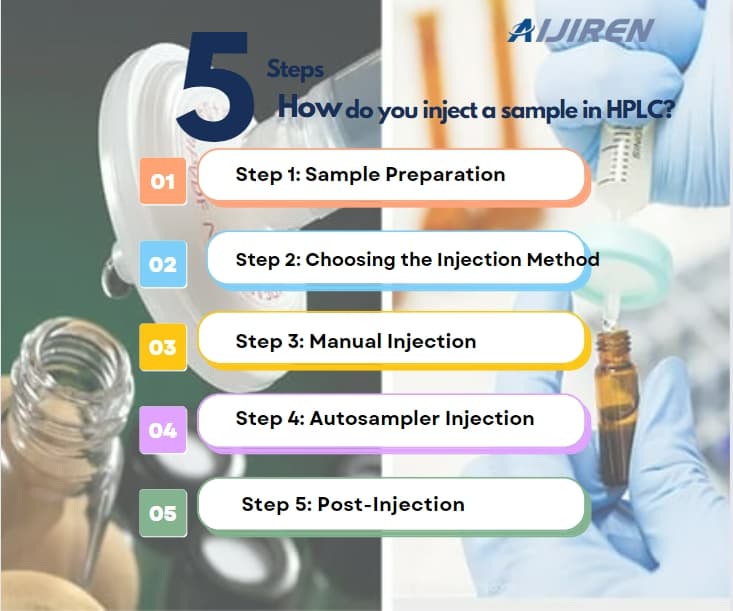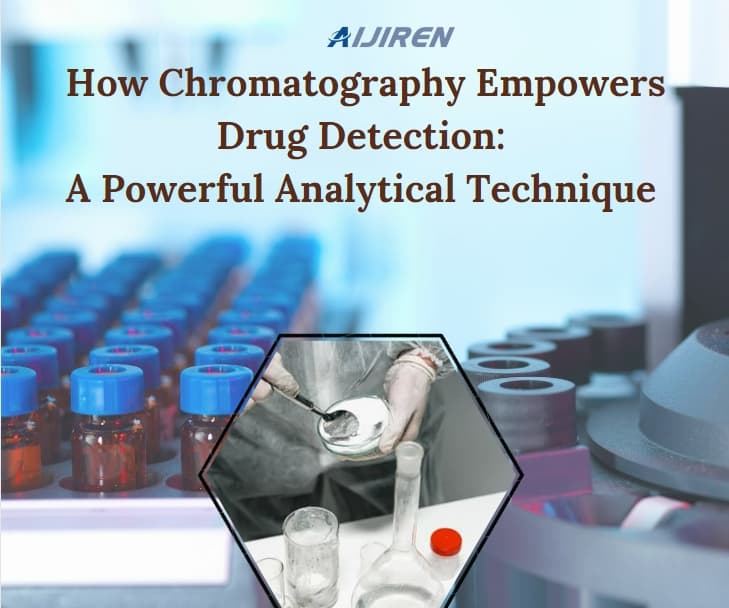How do you select diluent in HPLC?
High-performance liquid chromatography (HPLC) is a powerful analytical technique used in various industries, including pharmaceuticals, environmental analysis, and food testing. One crucial aspect of HPLC sample preparation is selecting the appropriate diluent. The diluent plays a significant role in achieving accurate and reliable results by ensuring sample integrity, minimizing matrix effects, and optimizing chromatographic performance. In this article, we will explore the importance of selecting the right diluent in HPLC and provide practical guidelines to help you make informed choices for your specific analytical needs.
Importance of Sample Diluent in HPLC:
Sample dilution is a common practice in HPLC analysis. It serves multiple purposes, including adjusting the sample concentration to fall within the linear dynamic range of the instrument, minimizing matrix interferences, and enhancing column performance. Dilution enables accurate quantification by preventing detector saturation and ensuring optimal peak resolution. It also reduces matrix effects caused by complex sample matrices, such as proteins, lipids, or salts, which can interfere with the chromatographic separation. Moreover, dilution helps mitigate potential issues related to the sample viscosity, injection volume, and column overload. Overall, the choice of the appropriate diluent significantly impacts the accuracy, sensitivity, and reliability of HPLC analysis.
Factors to Consider when Selecting a Diluent:
- Analyte Compatibility: The diluent should be compatible with the analyte of interest. It should not chemically react with the analyte or introduce additional impurities that may affect the analysis. Refer to method guidelines or consult the literature for recommended diluents for specific analytes.
- Solvent Purity: Choose high-purity solvents to minimize the risk of contamination. HPLC-grade solvents, filtered to remove particulates, are recommended to maintain the integrity of your samples and prevent interference.
- Solvent Miscibility: The diluent should be miscible with the sample to ensure complete dissolution and homogeneity. This is particularly important when dealing with solid or semi-solid samples. Additionally, consider the compatibility of the diluent with the sample matrix to avoid precipitation or phase separation.
- Volatility: The volatility of the diluent is crucial, as excessive evaporation during the analysis may lead to changes in analyte concentration. If the diluent is volatile, consider using sealed vials or minimizing sample exposure to air to prevent loss of volatile components.
Selecting the right diluent is a critical step in HPLC sample preparation. By considering factors such as analyte compatibility, solvent purity, miscibility, and volatility, you can optimize your chromatographic analysis and obtain accurate and reliable results. Careful selection of the diluent ensures sample integrity, minimizes matrix effects, and maximizes the performance of your HPLC system.
Back to List
-
 下午2:56How do you inject a sample in HPLC?
下午2:56How do you inject a sample in HPLC? -
 上午9:04How Chromatography Empowers Drug Detection: A Powerful Analytical Technique
上午9:04How Chromatography Empowers Drug Detection: A Powerful Analytical Technique -
 下午5:01Navigating Micro Inserts for HPLC Vials: A Comprehensive Guide
下午5:01Navigating Micro Inserts for HPLC Vials: A Comprehensive Guide -
.jpg) 下午5:14Common faults and solutions of automatic samplers(1)
下午5:14Common faults and solutions of automatic samplers(1) -
 下午5:08Ensuring Sample Integrity: Navigating EPA Storage Vials Stability Guidelines
下午5:08Ensuring Sample Integrity: Navigating EPA Storage Vials Stability Guidelines

